Lajos P Balogh
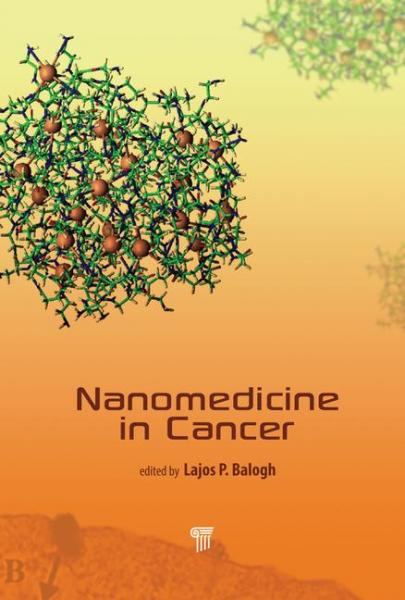
Summary
This book is the first in a series compiling highly cited articles in nanomedicine recently. The series is edited by Lajos P. Balogh, a prominent nanotechnology researcher and journal editor. The first book content is about nanotechnology in cancer research. It also includes a wide variety of must-know topics that will appeal to any researcher involved in nanomedicine, macromolecular science, cancer therapy, and drug delivery research. These 31 articles collected here have already acquired more than 3500 citations (i.e., over a hundred on average), highlighting the importance and recognized professional interest of the scientists working in this field.
Biocatalysis and Nanotechnology
Peter Grunwald
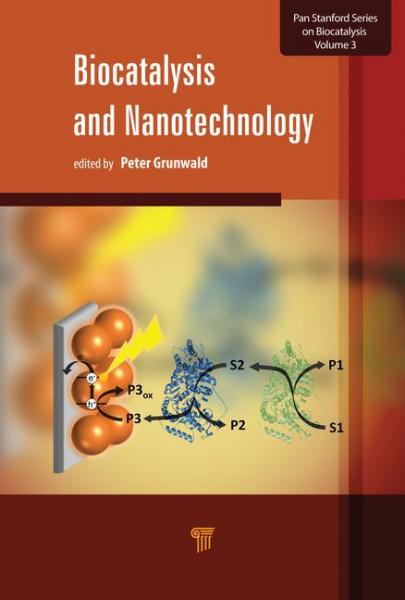
Summary
Nanobiocatalysis has rapidly developed into a subarea of enzyme biotechnology. It combines the advances in nanotechnology that have generated nanoscale materials of different sizes, shapes, and physicochemical properties, and the excellent characteristics of biocatalysts into an innovative technology. This book provides an overview of the various relations between nanotechnology and biocatalysis. It discusses the fabrication and application of nanomaterials for the immobilization of enzymes used in the sustainable production of goods and chemicals. Nanosupports have several advantages compared with bulk solid materials because of their high surface area, which results in a significantly reduced mass transfer limitation and comparatively high enzyme loading. These characteristics are also of great use for applications in the fields of enzymatic biosensors, biofuel cells, bioelectronics, and photoelectrochemical analyte detection, where conductive nanomaterials improve the rate of electron transfer. The book also presents an overview of nanotoxicology and covers nanostructured enzyme catalysis in organic solvents and its potential application for biodiesel production, probing of enzymatic activity, and identification of enzyme functions of inorganic nanoparticles as enzyme mimics.
Immunoassays: Development, Applications and Future Trends
Richard O'Kennedy, Caroline Murphy
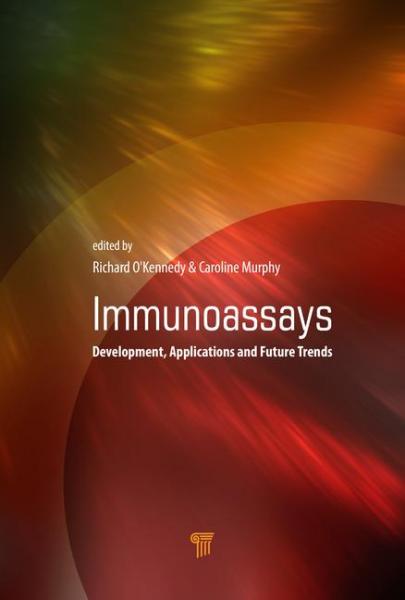
Summary
The concept behind this book is to provide a detailed and practical overview of the development and use of immunoassays in many different areas. Immunoassays are analytical tests that utilise antibodies to measure the amount, activity or identity of an analyte. This book is designed to provide a critical and helpful insight into the subject and to give the user practical information that may be of assistance in assay format selection, antibody generation/selection and choice of appropriate detection strategies. It is comprised of 13 chapters written by highly experienced researchers in the fields of antibody-based research, immunoassay development, assay validation, diagnostics and microfluidics. Beginning with a comprehensive survey of antibodies, immunoassay formats and signalling systems, the book elucidates key topics related to the development of an ideal antibody-based sensor, focuses on the important topic of surface modification, explores key parameters in the immobilisation of antibodies onto solid surfaces, discusses the move to ‘lab-on-a-chip’-based devices and investigates the key parameters necessary for their development. Three of the chapters are dedicated to the areas of clinical diagnostics, infectious disease monitoring and food security, where immunoassay-based applications have become highly valuable tools. The future of immunoassays, including next-generation immunoassays, electrochemical-immunoassays and ‘lab-on-a-chip’-based systems, is also discussed. The book also covers the use of optical detection systems (with a focus on surface plasmon resonance) in immunoassays, provides a compilation of important, routinely used immunoassay protocols and addresses problems that may be encountered during assay development.
Bioinspired Superhydrophobic Surfaces: Advances and Applications with Metallic and Inorganic Materials
Frédéric Guittard, Thierry Darmanin
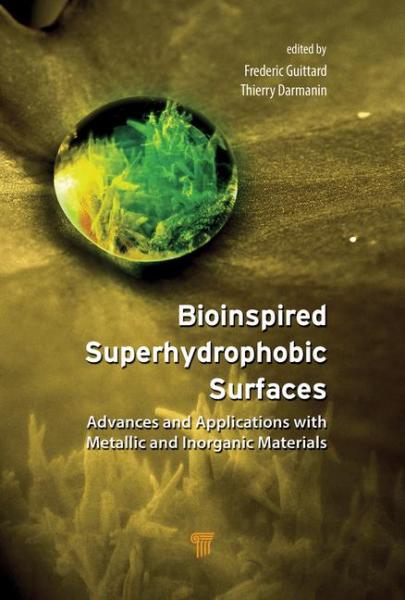
Summary
Materials with superhydrophobic or related properties are one of the most studied subjects from a theoretical point of view and also for the large range of possible applications, for example, anticorrosion, antibacteria, optical devices, and sensors. The study of natural species with special wettability has shown us the importance of surface structures and the surface energy of the resulting surface properties. Various strategies can be used to reproduce superhydrophobic phenomena in the laboratory. General reviews on superhydrophobic properties already exist but, to our knowledge, do not focus on metallic and inorganic materials. Here, we focus especially on the strategies implemented for reaching superhydrophobic or related properties using metallic and inorganic materials. Indeed, these materials present unique properties, for example, thermal and mechanical resistance, chemical and ageing resistance, and optical (transparency, antireflection, photoluminescence) and electrical properties (conducting, semiconducting, insulating). This book will be useful for graduate students of materials chemistry and physics and for researchers in surface science, nanostructures, and bioinspired or biomimetic materials.
Tuning Innovation with Biotechnology
Dong Hwa Kim
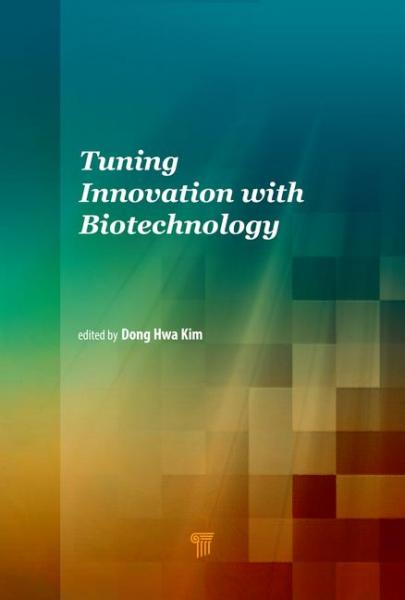
Summary
This book deals with evolving intelligence systems and their use in immune algorithm (IM), particle swarm optimization (PSO), bacterial foraging (BF), and hybrid intelligent system to improve plants, robots, etc. It discusses the motivation behind research on and background of evolving intelligence systems and illustrates IM-based approach for parameter estimation required for designing an intelligent system. It approaches optimal intelligent tuning using a hybrid genetic algorithm–particle swarm optimization (GA-PSO) and illustrates hybrid GA-PSO for intelligent tuning of vector system.
Dendrimers in Nanomedicine
Delphine Felder-Flesch
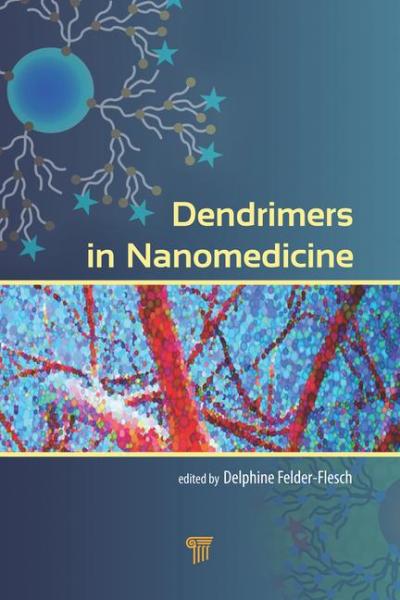
Summary
Nanomedicine can take advantage of the recent developments in nanobiotechnology research for the creation of platforms with superior drug carrier capabilities, selective responsiveness to the environment, unique contrast enhancement profiles, and improved accumulation at the disease site. This book provides a broad glimpse of how various dendritic nanomaterials have been designed and used as efficient tools for nanomedicine. It comprises a pedagogic introduction to dendrimers and hyperbranched systems and their classical and accelerated syntheses through cutting-edge methodologies. The chapters on dendronized magnetic nanoparticles as theranostics, dendrimers in theory (molecular simulations), siRNA delivery with dendrimers, and dendrimers for image-guided therapy, combined with chapters focused on specific types of dendrimers or hyperbranched structures, detail the cutting-edge research in nanomedicine. Finally, a detailed chapter on issues related to the pharmacokinetics and biodistribution of dendrimers helps choose the right structures for successful transfer from bench to bedside. This book will appeal to those involved in nanobiotechnology, macromolecular science, cancer therapy, tissue repair, and siRNA delivery research.


